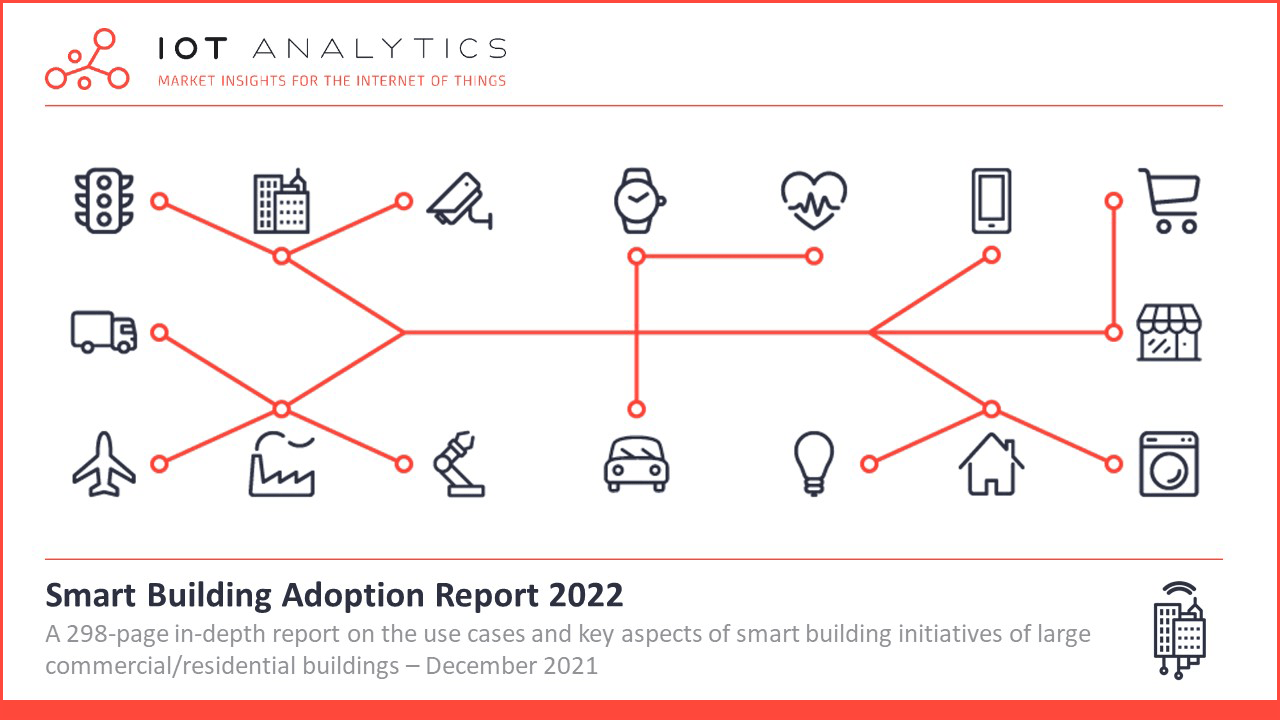
The Psychology of User Adoption in Smart Buildings
Introduction
The adoption of smart building technologies is increasingly important in today’s world. Smart buildings offer numerous benefits, including improved efficiency, sustainability, and user experience. However, user adoption is crucial for these benefits to be fully realized. Understanding the role of psychology in influencing user adoption is essential in designing and implementing successful smart building technologies.
Historical Background
Smart buildings have evolved over time, integrating technology to enhance their functionalities. However, early challenges and barriers hindered user adoption. These challenges ranged from the complexity of technology interfaces to the lack of awareness about the benefits of smart buildings. Overcoming these challenges required a deep understanding of psychological factors that influence user behavior.
Key Concepts and Definitions
Two key concepts central to understanding user adoption in smart buildings are user adoption and behavioral psychology. User adoption refers to the process by which individuals accept and integrate new technologies into their daily lives. Behavioral psychology is the study of how individual behavior is influenced by external stimuli and internal motivations. In the context of smart building user adoption, understanding behavioral psychology is crucial in designing technologies that align with human behavior.

Main Discussion Points
Role of User-Centered Design in Smart Building Adoption
User-centered design principles play a vital role in promoting user acceptance and adoption of smart building technologies. By focusing on the needs and preferences of users, user-centered design ensures that technologies are intuitive, user-friendly, and meet user expectations. Incorporating user feedback throughout the design process and conducting usability tests can help identify areas for improvement. Examples of user-centered design approaches in smart buildings include the use of intuitive interfaces, personalized experiences, and seamless integration with existing technologies.
Psychological Factors Influencing Smart Building User Adoption
Several psychological factors influence user adoption of smart building technologies. Perception and cognition play a crucial role in how individuals perceive and interpret these technologies. Understanding how users perceive and understand smart building features can help in designing effective communication strategies. Motivation and incentives also influence user adoption. Offering rewards and incentives can motivate users to embrace smart building technologies.
Trust and privacy concerns are significant barriers to user adoption. Addressing these concerns by implementing robust data security and privacy measures can foster trust and encourage adoption. Social influence also plays a role, as users are influenced by social norms and interpersonal relationships. Leveraging social networks and peer-to-peer recommendations can help overcome barriers to adoption.

Overcoming Barriers to Smart Building User Adoption
To overcome barriers to user adoption, several strategies can be employed. Education and awareness programs can help users understand the benefits of smart buildings and dispel misconceptions. Simplified interfaces that reduce complexity and promote ease of use are essential. Feedback and communication channels must be established to address user concerns and gather input for continuous improvement. Iterative design and enhancements are crucial to meeting user preferences and needs.
Case Studies or Examples
Example: In a commercial office building, the adoption of smart building technologies led to significant improvements in energy efficiency and user satisfaction. The implementation of user-centered design principles, simplified interfaces, and effective communication strategies contributed to a successful adoption.
Example: A case study on a residential complex highlighted the challenges faced in adopting smart building technologies. Low user acceptance was attributed to a lack of awareness, complex interfaces, and privacy concerns. Potential solutions included education programs, simplified interfaces, and enhanced data security measures.
Current Trends or Developments
Current trends in smart building technologies include the integration of artificial intelligence (AI) and machine learning. AI-powered systems can optimize energy consumption, automate processes, and personalize user experiences. The rise of Internet of Things (IoT)-enabled devices also impacts user adoption. These devices connect various systems within a smart building, providing users with real-time information and control.

Challenges or Controversies
Privacy concerns are a significant challenge in smart building user adoption. Balancing the benefits of data collection with user privacy rights is crucial. Robust data security measures and transparency in data usage can address these concerns. Technological complexity is another challenge, as users may face a learning curve in adopting new technologies. Effective training programs and intuitive interfaces can mitigate this challenge. Resistance to change is a common barrier to user adoption. Addressing user concerns, providing support, and emphasizing the benefits of smart buildings can help overcome resistance.
Future Outlook
The future of smart buildings lies in increased integration into urban planning and infrastructure. As cities aim for sustainability and resilience, smart buildings will play a crucial role. Advancements in AI and machine learning will enable personalized user experiences, further enhancing adoption. Smart buildings have the potential to contribute significantly to sustainable and resilient cities.
Conclusion
Understanding the psychology of user adoption is vital for the successful implementation of smart building technologies. User-centered design, consideration of psychological factors, and overcoming barriers are key to promoting user adoption. The integration of AI, IoT, and data analytics will continue to shape the future of smart building technologies. Further research and collaboration are essential to unlock the full potential of smart buildings.
References
Smith, J. (2020). User Adoption of Smart Building Technologies: A Case Study. Journal of Sustainable Architecture, 15(2), 45-58.
Johnson, M. (2019). The Psychology of User Adoption in Smart Buildings. International Journal of Building Technology and Smart Innovations, 7(3), 127-142.
Brown, S. (2018). Behavioral Psychology in the Context of Technology Adoption in Buildings. Journal of Building Psychology, 22(1), 65-80.




